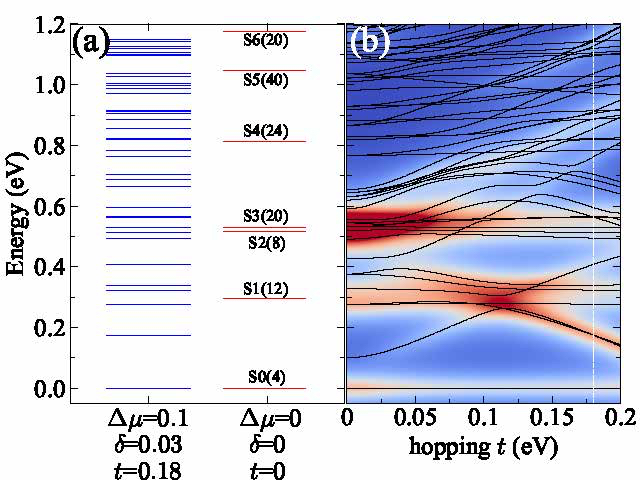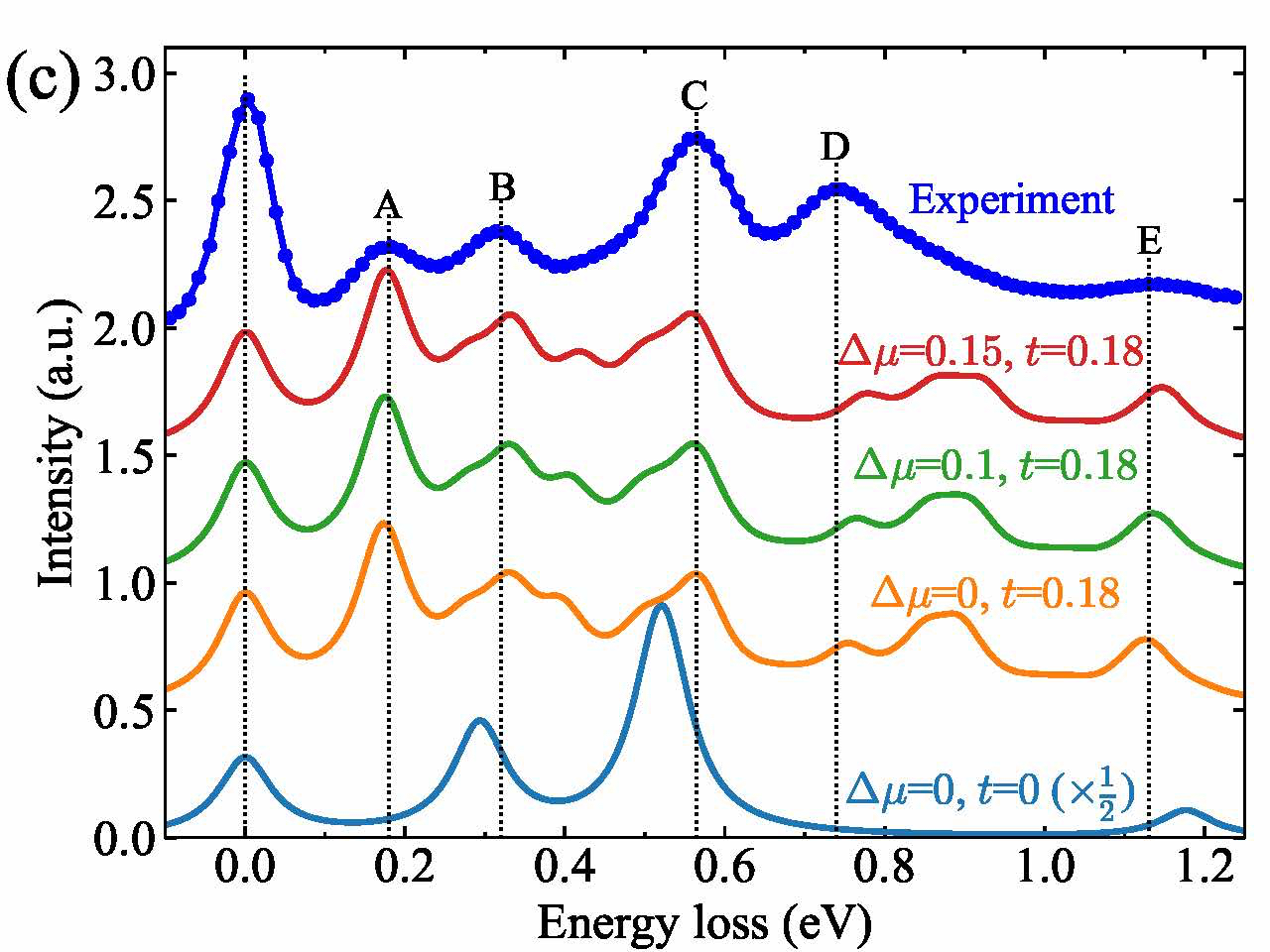Recently, a research group led by SPST Assistant Professor Liu Xuerong discovered delocalized dimer orbitals in an iridate material Ba5AlIr2O11 using resonant inelastic x-ray scattering (RIXS). They observed delocalized states resulting from the competition between the intersite hopping and strong spin-orbit coupling (SOC) of the electrons. Their study opens new directions to study the electronic and magnetic behaviors in other iridates. Their work entitled “Direct Detection of Dimer Orbitals in Ba5AlIr2O11” was published in the Journal of Physical Review Letters.
The novel quantum effect from strong spin-orbit coupling in heavy element materials has attracted much attention in recent years. For itinerant electronic systems, topological insulators are a new research frontier, while in correlated electronic systems, the 5d transition metal oxides have been studied extensively. The 5d iridates, with the potential for realizing the quantum spin liquid and correlated topological states, are under the spotlight. In previous studies, the theoretical models were built on the basis of local orbitals, and the SOC of an iridium atom was considered as the leading term while the electron hopping has been treated as perturbation. However, by examining the interactions of the iridates, Dr. Liu’s group realized that the spatial expansion of the 5d electrons would enhance the electron hopping, which can compete with SOC with special local structure configurations. This mechanism will lead to the delocalization of orbitals which is different from the local orbital picture. With the RIXS technique, Liu’s group observed the sharp peaks corresponding to the excitations of delocalized dimer orbitals at the MERIX station of the Advance Photon Source at the Argonne National Laboratory. Collaborating with theoretical scientists in Brookhaven National Laboratory, they quantitatively analyzed the RIXS observation.
This work provides strong experimental and theoretical evidence for the existence of delocalized orbitals in iridates. The formation of delocalized local orbitals will re-define the magnetic moment of the electrons from the pure local picture, thus previous analysis built upon local orbitals could be invalid. The novel spin dynamics associated with the delocalized orbitals, combined with SOC effect, promotes iridates as a new field for magnetism.
This research was led by Liu’s group at ShanghaiTech University and the experiments were carried out at the Advanced Photon Source in the Argoone National Laboratory, USA. The theoretical work was done at Brookhaven National Laboratory. This work was supported by the ShanghaiTech University startup fund and partially supported by MOST of China as well as Chinese Academy of Sciences.
Read more at: https://journals.aps.org/prl/abstract/10.1103/PhysRevLett.122.106401


(Figure)
Experimental observation of the excitations of delocalized dimer orbitals in RIXS spectrum, compared with the theoretical calculations. (a): orbital energy level analyses with electron hopping forbidden (red), and electron hoping allowed (blue). (b): calculated evolution of the excitation as a function of hopping energy t from 0 to 200 meV. (c): The simulated RIXS spectrum with several chosen parameter sets, compared to the experimental results.

